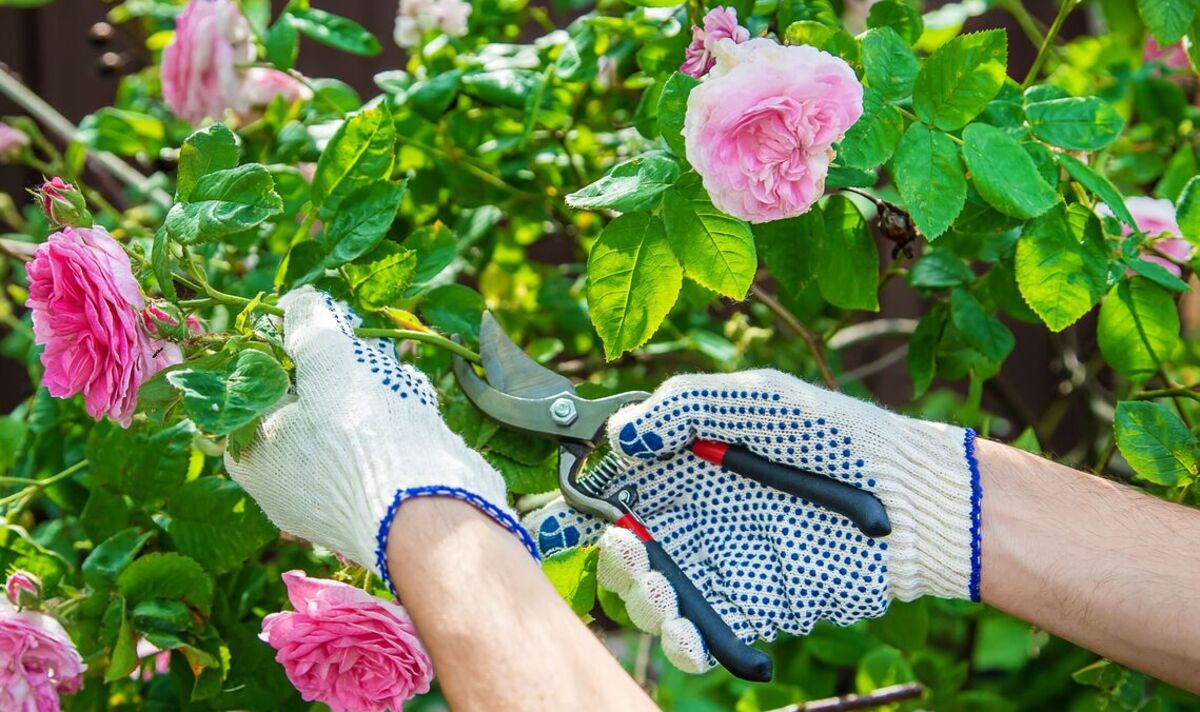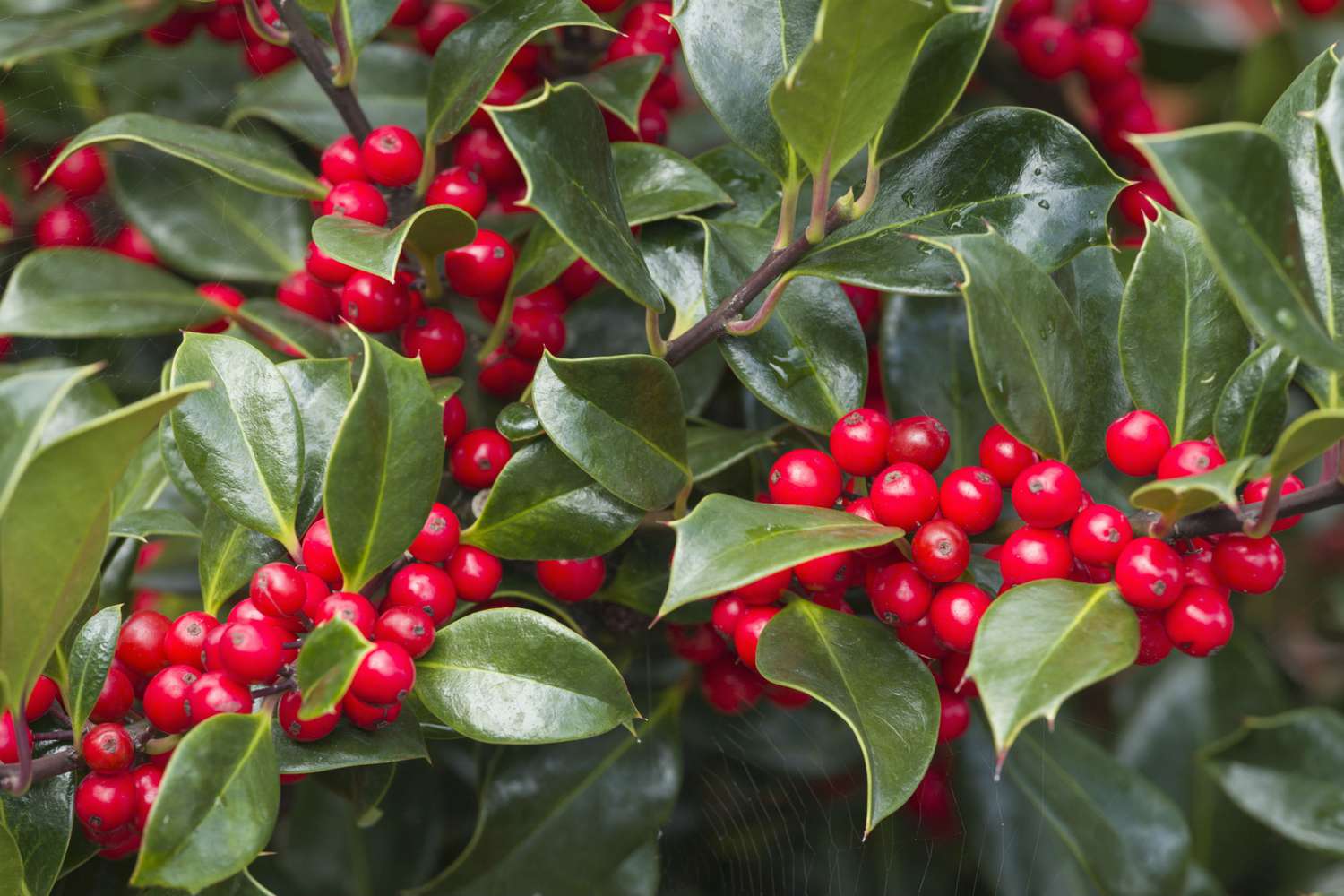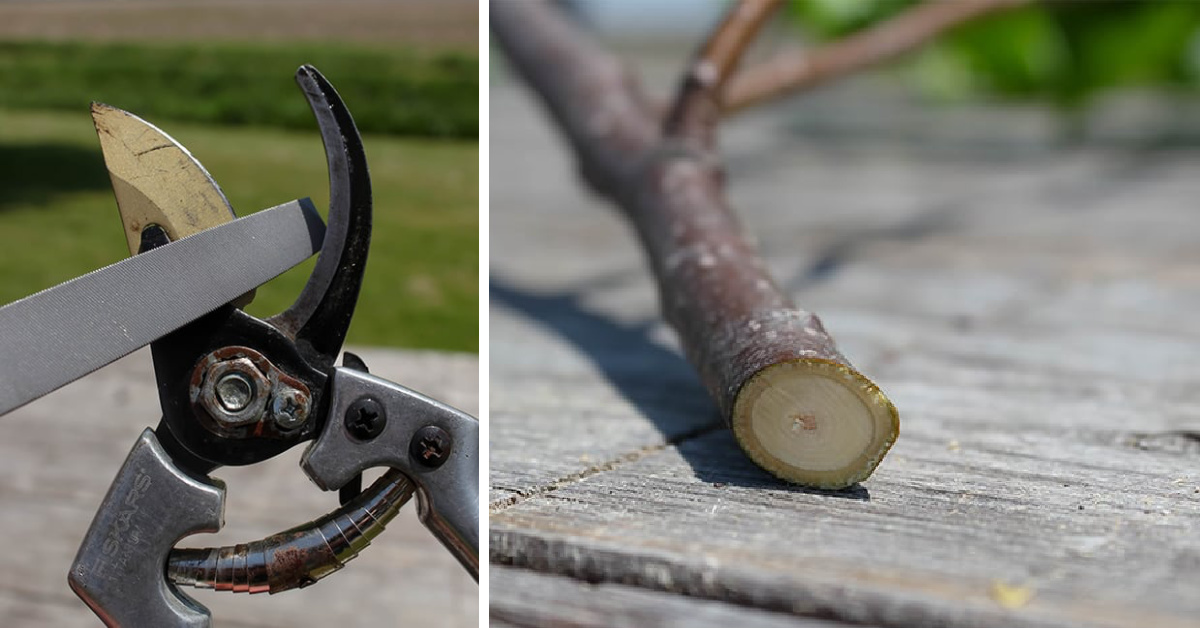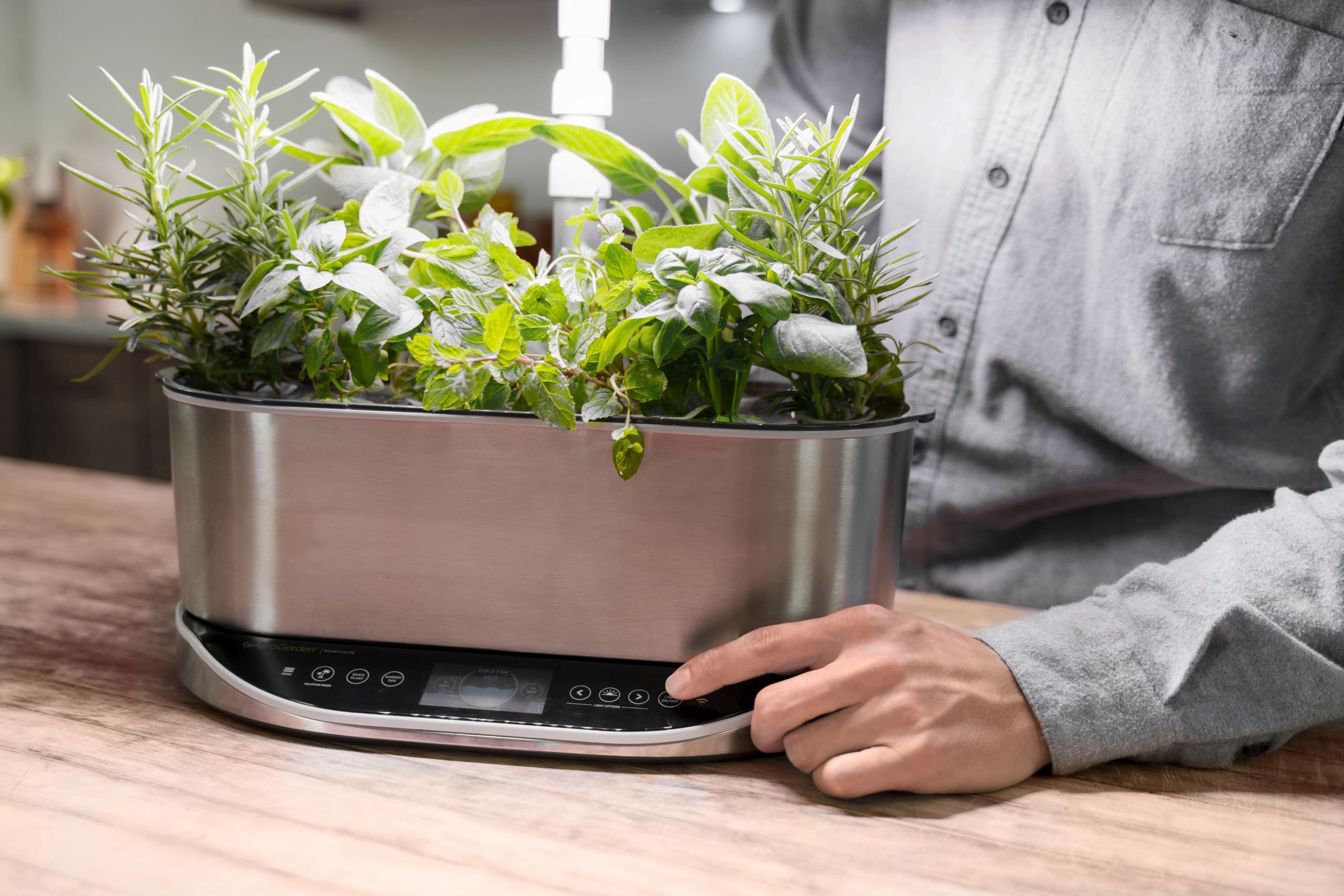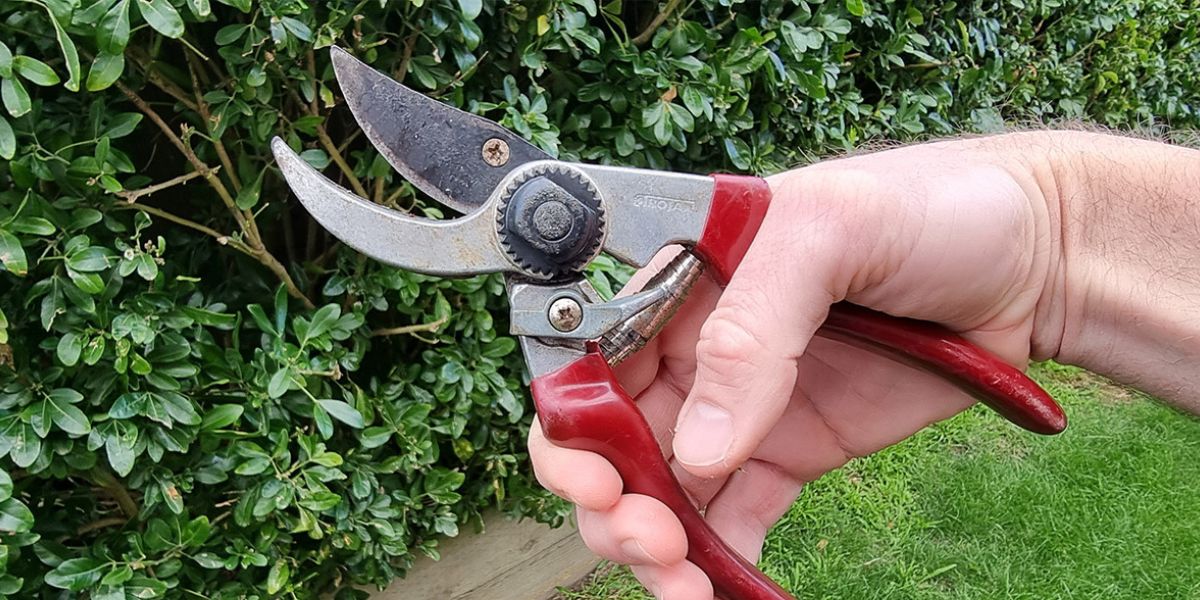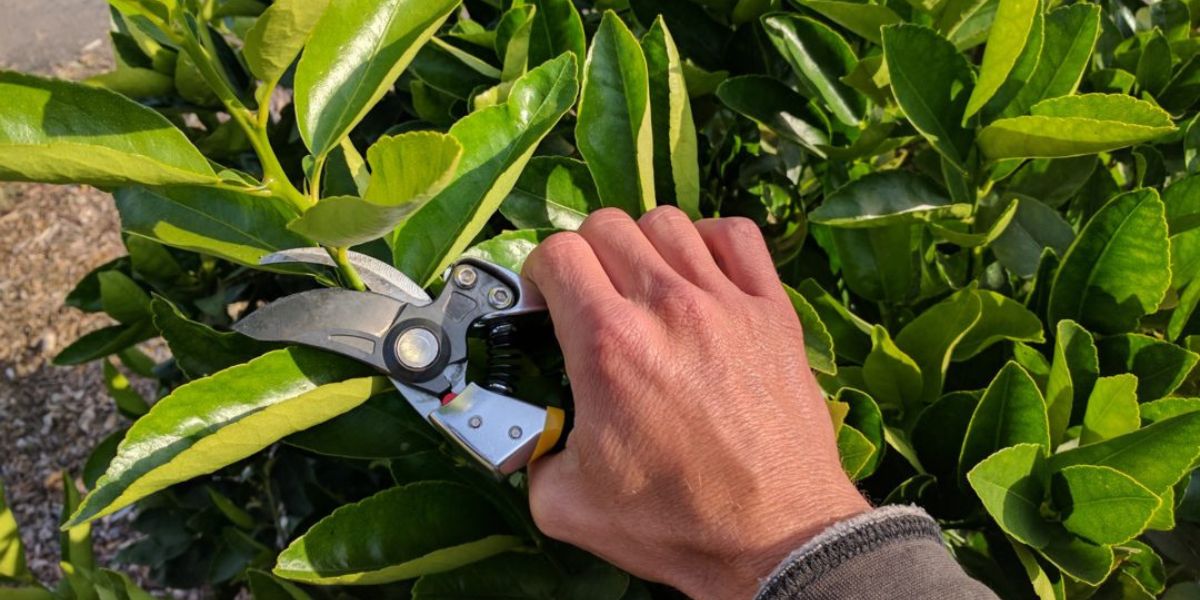Home>Gardening Techniques>Plant Care>How To Prune Yew Shrubs


Plant Care
How To Prune Yew Shrubs
Modified: January 22, 2024
Learn how to properly prune yew shrubs for optimal plant care. Our step-by-step guide will ensure healthy growth and abundant greenery.
(Many of the links in this article redirect to a specific reviewed product. Your purchase of these products through affiliate links helps to generate commission for Chicagolandgardening.com, at no extra cost. Learn more)
Table of Contents
Introduction
When it comes to maintaining a beautiful and healthy garden, proper plant care is essential. One of the key aspects of plant care is pruning, which plays a crucial role in the growth and overall appearance of plants. In this article, we will focus on pruning yew shrubs, a popular choice for both commercial and residential landscapes.
Yew shrubs are known for their dense foliage and ability to thrive in various weather conditions. Pruning these shrubs not only helps shape them and enhance their aesthetic appeal but also promotes their overall health and longevity. By removing dead or diseased branches, you can prevent the spread of pests and diseases, allowing your yew shrubs to flourish.
Regular pruning also increases air circulation and sunlight exposure, which is vital for the plant’s photosynthesis process. This, in turn, leads to better growth and the development of vibrant green foliage. Additionally, pruning helps maintain the desired size and shape of yew shrubs, preventing them from becoming overgrown and overpowering other elements in your garden.
However, it is important to approach pruning yew shrubs with caution and follow the proper techniques to avoid causing harm to the plant. In the following sections, we will guide you through the process of pruning yew shrubs, including the right tools to use, the best time to prune, step-by-step instructions, and some helpful tips and tricks to ensure successful pruning results.
By understanding and implementing the correct pruning methods, you can transform your yew shrubs into stunning focal points in your garden while maintaining their health and vitality for years to come.
Benefits of Pruning Yew Shrubs
Pruning yew shrubs offers a wide range of benefits that contribute to their overall health and visual appeal. Let’s explore some of the key benefits of regular pruning:
- Promotes Healthy Growth: Pruning helps remove dead, damaged, or diseased branches, allowing the plant to allocate its resources more effectively to healthy parts. This encourages new growth and prevents the spread of pests and diseases.
- Enhances Aesthetic Appeal: By selectively pruning, you can shape your yew shrub to align with your desired aesthetic vision. This includes creating a formal, structured shape or a more natural, informal look, depending on your preference.
- Controls Size and Shape: Yew shrubs have the tendency to grow vigorously, and without pruning, they can become overgrown and lose their attractive shape. Pruning helps maintain the desired size and shape, ensuring they complement the overall design of your garden.
- Increases Air Circulation and Sunlight Exposure: Pruning opens up the foliage canopy, allowing better airflow and sunlight penetration. This promotes photosynthesis, which is essential for the production of energy and the overall health of the plant.
- Reduces the Risk of Disease and Pests: Removing dead branches and thinning the shrub’s foliage reduces the risk of disease and pests. Adequate air circulation and sunlight also create an unfavorable environment for pests and discourage fungal infections.
- Revives Neglected Shrubs: If you have neglected your yew shrubs and they have become overgrown or misshapen, pruning can help rejuvenate them by removing excess growth and encouraging new, healthier shoots.
- Improves Flowering and Fruiting: Pruning promotes healthier branching and bud development, leading to more abundant flowering and fruit production. This is particularly beneficial if you have yew shrubs that produce showy flowers or edible fruits.
- Prevents Damage to Structures: Unpruned yew shrubs can become unruly and encroach upon structures such as windows, walkways, or fences. Regular pruning keeps them in check, preventing potential damage and maintaining a neat appearance.
By engaging in regular pruning practices, you can enjoy these numerous benefits and ensure that your yew shrubs thrive as stunning additions to your garden.
Tools and Equipment Needed
Before you embark on pruning your yew shrubs, it’s important to gather the necessary tools and equipment. Having the right tools not only makes the task easier but also ensures the health and well-being of your yew shrubs. Here are the essential tools needed for pruning:
- Pruning Shears: A pair of sharp, bypass pruning shears is crucial for cutting small to medium-sized branches. Look for shears with a clean cutting action to minimize damage to the plant.
- Loppers: For thicker branches that are beyond the capacity of pruning shears, loppers come in handy. Choose loppers with long handles and a thick cutting blade to provide better leverage and cutting power.
- Hand Saw: For branches that are too thick for loppers, a hand saw is necessary. Opt for a pruning saw with sharp teeth and a curved blade for efficient and precise cuts.
- Hedge Trimmers: If you have yew shrubs that require more extensive shaping or have grown into hedges, hedge trimmers are indispensable. Electric or battery-powered hedge trimmers offer convenience and efficiency.
- Gloves: Protect your hands from scratches, thorns, and potential contact with harmful substances by wearing a pair of sturdy gardening gloves. Choose gloves that provide a good grip and are comfortable to wear.
- Eye Protection: Safety goggles or glasses are essential to protect your eyes from flying debris, especially when using a hand saw or hedge trimmers. Ensure they have a snug fit and provide adequate coverage.
- Pruning Sealant: While not always necessary, pruning sealant can be used to seal large wounds to prevent disease or insect infestation. Choose a high-quality, waterproof sealant specifically designed for pruning purposes.
It’s also important to keep your tools clean and well-maintained. Regularly sharpen the cutting blades, remove any sap or debris, and store them in a dry place to prevent rusting.
By having these essential tools on hand, you’ll be well-prepared to tackle the pruning process and ensure the health and beauty of your yew shrubs.
When to Prune Yew Shrubs
Knowing the right time to prune your yew shrubs is crucial for their overall health and growth. Pruning at the appropriate time allows the shrubs to recover quickly and reduces the risk of disrupting their natural growth cycle. Here are some guidelines to help you determine when to prune your yew shrubs:
- Early Spring: The ideal time to prune yew shrubs is during early spring, before new growth begins. As the weather starts to warm up, but before the buds start to swell, you can safely prune your shrubs. This timing allows the yew shrubs to heal quickly and promotes healthy growth throughout the growing season.
- Early Fall: In some cases, you may need to perform minor pruning or maintenance during early fall. This can involve removing any dead or diseased branches or lightly shaping the shrub. However, major pruning should be avoided in the fall, as it can stimulate new growth that may not have enough time to harden before winter.
- Avoid Pruning in Winter: It’s important to avoid pruning yew shrubs during the winter months. Pruning during extreme cold can cause damage to the shrub and inhibit its ability to recover. Additionally, pruning in winter can leave fresh cuts exposed to freezing temperatures and lead to increased vulnerability to diseases and pests.
It’s important to note that the timing of pruning can vary depending on your specific climate and the condition of your yew shrubs. If you live in an area with harsh winters or have yew shrubs that are already stressed or diseased, it’s best to consult with a local gardening expert or arborist for personalized advice on the timing of pruning.
By pruning your yew shrubs at the right time, you can promote their overall health, encourage robust growth, and enjoy their beautiful appearance throughout the year.
Step-by-Step Guide to Pruning Yew Shrubs
Pruning yew shrubs may seem daunting, but with the right approach and techniques, it can be a straightforward process. Follow these step-by-step instructions to prune your yew shrubs effectively:
- Inspect the Shrub: Begin by closely examining your yew shrub, identifying any dead, damaged, or diseased branches. Also, take note of any areas that need thinning or shaping.
- Prepare Your Tools: Make sure your pruning shears, loppers, and other necessary tools are clean, sharp, and ready for use. This ensures cleaner cuts and reduces the risk of injuring the plant.
- Remove Dead Branches: Start by cutting out any dead, broken, or diseased branches at their base, using pruning shears or loppers. Make the cut just above the branch collar, the swollen area where the branch connects to the main stem.
- Thin the Foliage: Look for areas of dense growth or branches that are crossing or rubbing against each other. Using pruning shears or loppers, remove some of the excess branches to promote better air circulation and sunlight penetration. This helps prevent diseases and encourages healthy growth.
- Shape the Shrub: Depending on your desired aesthetic vision, you can shape the yew shrub into a formal or natural form. Use hand shears or hedge trimmers to create clean, even cuts. Step back periodically to assess the shape and make adjustments as necessary.
- Prune for Size Control: If the yew shrub has become overgrown and is encroaching upon nearby structures or paths, selectively prune to control its size. Remove branches that are extending too far beyond the desired boundaries while maintaining the overall shape of the shrub.
- Regular Maintenance: After the initial pruning, make it a habit to conduct regular maintenance as needed. This includes removing any dead or diseased branches and maintaining the desired shape of the shrub.
Throughout the pruning process, step back from time to time to assess the shrub’s appearance and make adjustments as necessary. Remember to take breaks and hydrate, especially during longer pruning sessions.
It’s important to note that yew shrubs have the ability to rejuvenate from old wood. Therefore, if you find your shrub has become overgrown or misshapen, don’t hesitate to prune it back more severely to stimulate new growth from the base.
By following these step-by-step instructions and employing proper pruning techniques, you can maintain the health, shape, and overall beauty of your yew shrubs.
Tips for Proper Pruning Techniques
Pruning yew shrubs requires skill and knowledge to ensure optimal results. By following these tips for proper pruning techniques, you can enhance the health and appearance of your yew shrubs:
- Use Sharp and Clean Tools: Always work with sharp pruning shears, loppers, or hand saws to make clean cuts. Dull tools can cause crushing or tearing of branches, making it difficult for the plant to heal properly. Additionally, clean your tools with a disinfectant before and after each use to prevent the spread of diseases.
- Make Proper Cuts: When removing branches, make cuts just above the branch collar, the slightly swollen area where the branch meets the main stem. Avoid leaving stubs, as they can attract pests and lead to decaying wood. Make clean, angled cuts to allow water to drain off the branch surface.
- Prune to Open Up the Canopy: Thin out the foliage by selectively removing branches that are crossing or rubbing against each other. Aim to create an open, well-ventilated canopy to promote airflow and sunlight penetration, which helps prevent diseases and encourages healthy growth.
- Avoid Over-Pruning: While it’s essential to remove dead, damaged, or diseased branches, over-pruning can stress the shrub and inhibit its growth. A general rule of thumb is to remove no more than one-third of the shrub’s foliage in a single pruning session.
- Consider the Plant’s Natural Form: Take into account the natural growth habit of yew shrubs when shaping them. Avoid shearing them into unnatural shapes, as this can lead to weakened growth and an unattractive appearance. Instead, focus on enhancing the shrub’s natural form through selective pruning.
- Prune After Flowering: If your yew shrub produces showy flowers or fruits, prune it immediately after flowering to avoid removing potential buds for the following year. This ensures you can enjoy the full display of blooms or fruits while still maintaining the plant’s health.
- Step Back and Assess: Regularly step back and assess the shrub’s appearance during the pruning process. This allows you to see the overall picture and make adjustments as needed to achieve the desired shape and size.
- Seek Professional Help if Needed: If you are unsure about pruning your yew shrubs or need assistance with more complex pruning tasks, don’t hesitate to consult with a professional arborist or gardening expert. They can provide guidance specific to your shrubs and ensure they are pruned correctly.
Remember, practice makes perfect when it comes to pruning. Each shrub is unique, and it may take some trial and error to find the best approach for your yew shrubs. With time and experience, you will become more confident in your pruning techniques.
By implementing these tips for proper pruning techniques, you can maintain the health, shape, and vitality of your yew shrubs, ultimately enhancing the overall beauty of your garden.
Common Mistakes to Avoid
Pruning yew shrubs is an important task that requires careful attention to detail. To ensure successful pruning results, it’s essential to avoid these common mistakes:
- Pruning at the Wrong Time: Pruning yew shrubs at the wrong time of year can disrupt their natural growth cycle and potentially harm the plant. Avoid pruning in winter or late fall when the shrub is dormant, as this can leave fresh cuts vulnerable to freezing temperatures and diseases.
- Over-Pruning: Over-pruning, or removing more than one-third of the shrub’s foliage at a time, can stress the plant and inhibit its growth. It’s important to prune selectively and in moderation to maintain the shrub’s health and shape.
- Improper Pruning Cuts: Making improper cuts by leaving stubs or cutting too close to the main stem can hinder the plant’s ability to heal properly. Always make clean cuts just above the branch collar to ensure optimal healing and minimize the risk of diseases or pests.
- Shearing into Unnatural Shapes: Avoid shearing yew shrubs into unnatural shapes, as this can weaken their growth and result in an unattractive appearance. Instead, focus on enhancing the shrub’s natural form and prune selectively to maintain a more organic look.
- Ignoring Safety Precautions: Pruning can be a physically demanding task, and it’s important to prioritize your safety. Wear protective gloves and eyewear to avoid injuries, especially when working with sharp tools. Also, be cautious of your surroundings and avoid pruning near power lines or other hazards.
- Skipping Regular Maintenance: Neglecting regular maintenance can lead to overgrowth, diseases, and a loss of the shrub’s desired shape. Make it a habit to conduct routine inspections, removing dead or diseased branches, and maintaining the shrub’s overall appearance.
- Not Pruning for Air Circulation: Neglecting to thin out the foliage and create an open canopy can hinder air circulation and sunlight penetration. This can promote the development of diseases and hinder the shrub’s overall health. Aim to strike a balance between leaf density and air circulation.
- Pruning Too Close to Flowering Period: If your yew shrubs produce flowers or fruits, avoid heavy pruning just before or during the flowering period. This can unintentionally remove buds or blooms, reducing the shrub’s full potential display.
By being mindful of these common mistakes, you can ensure that your yew shrubs are pruned correctly, promoting their health, vitality, and overall beauty.
Potential Risks and Precautions
While pruning yew shrubs offers numerous benefits, it’s important to be aware of potential risks and take necessary precautions to ensure your safety and the well-being of the plant. Here are some potential risks and the precautions you should consider:
- Sharp Tools: Pruning tools such as shears, loppers, and saws have sharp blades that can cause cuts or injuries. Always handle these tools with care, wear protective gloves, and keep them out of reach from children and pets.
- Allergies and Irritation: Yew shrubs contain certain compounds that may cause allergies or skin irritation in some individuals. If you have known allergies or sensitivities, wear long sleeves, gloves, and goggles to protect yourself while pruning.
- Eye Protection: Sharp pruning tools and flying debris can pose a risk to your eyes. Always wear safety goggles or glasses that provide adequate protection and ensure they fit securely on your face.
- Maintaining Balance: When pruning larger branches or reaching higher areas, ensure you have a stable footing and maintain proper balance. Use a sturdy ladder or step stool when necessary and avoid overreaching, as it can lead to falls and injuries.
- Overexertion: Pruning can be physically demanding, especially when dealing with larger shrubs or extensive pruning projects. Take regular breaks, stay hydrated, and listen to your body to avoid overexertion or muscle strains.
- Electrical Hazards: If your yew shrubs are located near power lines, be cautious when pruning. Contact with live wires can cause serious injuries or fatalities. It’s recommended to hire a professional with the necessary expertise and equipment to handle pruning in such situations.
- Disposing of Debris: Properly dispose of pruned branches and debris to prevent trip hazards and the spread of potential diseases or pests. Follow your local waste management guidelines or consider composting as an environmentally friendly option.
- Working at Heights: Some yew shrubs may require pruning at heights, which introduces the risk of falling. If you are uncomfortable with heights or lack the necessary equipment, it’s advisable to hire a professional arborist to handle the pruning safely.
By acknowledging these potential risks and taking appropriate precautions, you can minimize accidents and ensure a safe pruning process. Remember to prioritize your safety at all times and seek professional help when needed.
Conclusion
Pruning yew shrubs is a vital aspect of plant care that benefits both the health and appearance of the shrubs. By following proper pruning techniques, using the right tools, and adhering to the recommended timing, you can maintain the vitality and beauty of your yew shrubs for years to come.
Regular pruning promotes healthy growth, enhances the aesthetic appeal of the shrubs, and controls their size and shape. By removing dead or diseased branches, thinning out the foliage, and shaping the shrubs, you can create a visually pleasing landscape that complements the overall design of your garden.
However, it’s important to avoid common mistakes such as over-pruning, making improper cuts, and ignoring regular maintenance. By being mindful of these mistakes and taking necessary precautions, such as using sharp and clean tools, wearing protective gear, and following safety guidelines, you can ensure a successful and safe pruning experience.
Remember that pruning yew shrubs is an ongoing process. Regular maintenance and periodic assessments are key to sustaining the health and appearance of the shrubs. Always stay attentive to the needs of your yew shrubs, and seek professional help if you’re unsure or in need of more complex pruning tasks.
By implementing the tips, techniques, and precautions outlined in this article, you can confidently prune your yew shrubs, promoting their growth, maintaining their beauty, and creating a breathtaking garden environment.
